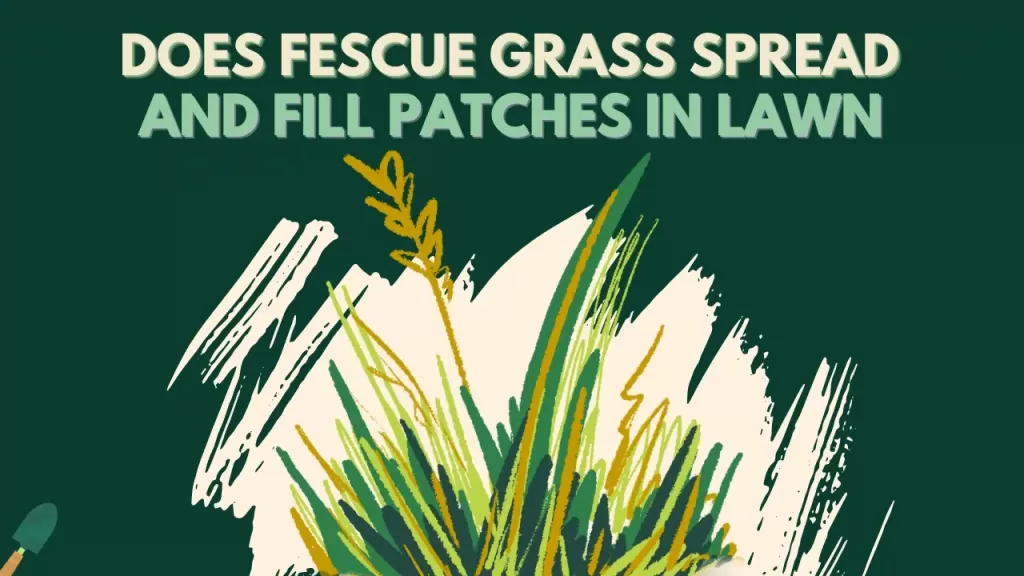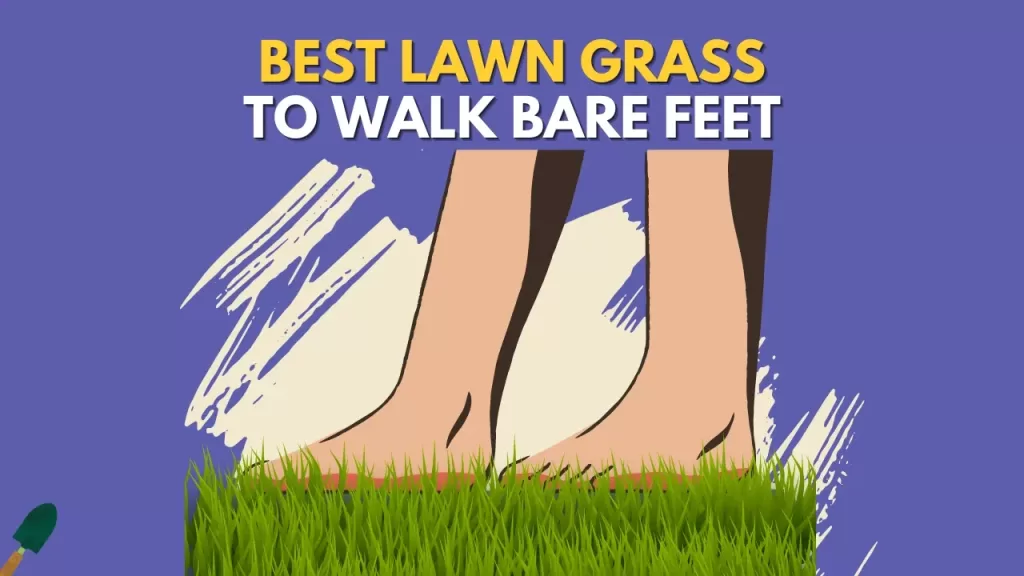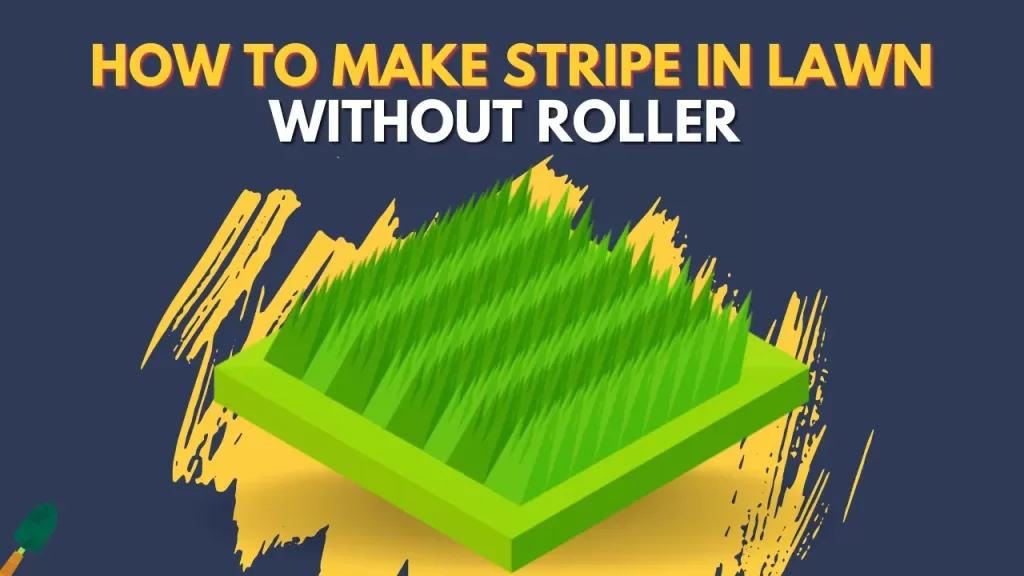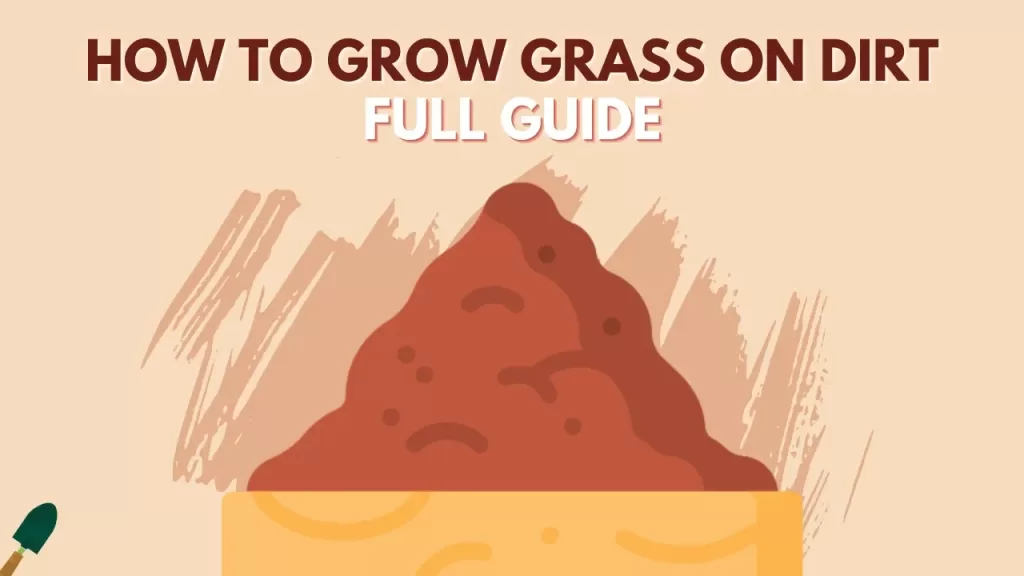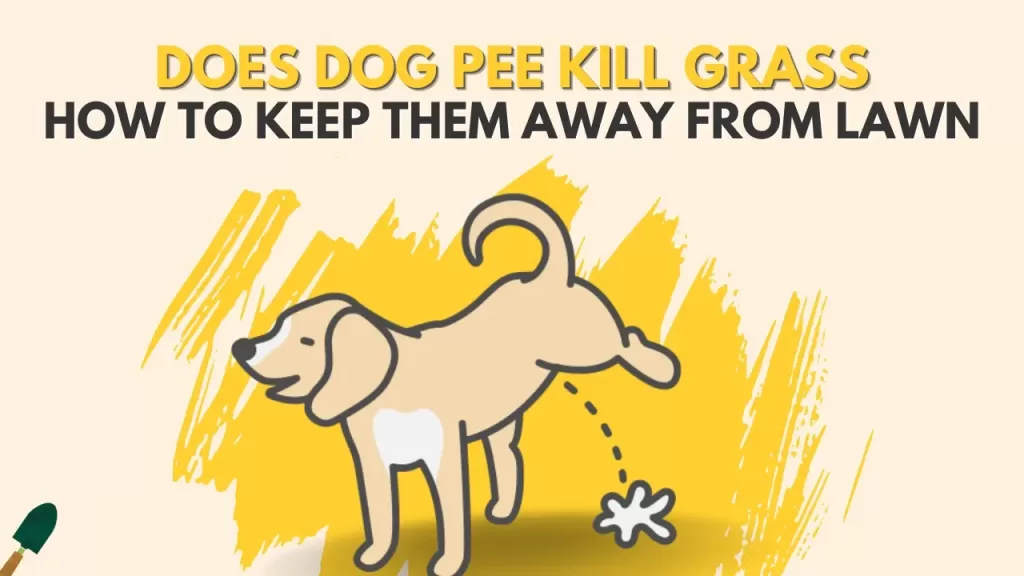Now and then we see some bare patches or spots in our lawn and we don’t know whether to fill up that spot immediately or the grass will spread and fill the patch itself. Some grasses can spread and fill the bare spots quickly but some cannot.
So what if you have a fescue lawn? Will the grass spread and fill the bare spots by itself?
No, fescue or tall fescue grass doesn’t spread in the lawn as it grows in bunches and grows vertically and not horizontally. Fescue grass grows in clumps with the help of vertical shoots called tillers. Other grasses which spread, grow either with the help of rhizomes or stolons.
Let’s discuss tall fescue in detail and what can you do to make it spread in bare spots.
What is fescue grass?
Fescue grass is a cool-season grass that grows in fall and winter and goes dormant in the summer and spring. Fescue grass has wide blades with dark green color. It can look shiny from afar but its leaves have a coarse texture.
Fescue grass can grow around 4 to 12 inches tall and can survive foot traffic very easily. The fescue grass is a very hardy grass that can grow in any soil type and can also tolerate light shade but loves sun to grow properly.
Fescue grass is usually grown in mixed lawn with warm-season grass like bermudagrass which is also a hardy grass that can tolerate foot traffic. This makes the lawn green all season long and does not go dormant.
How does grass spread?
So grasses spread in two methods. Either with the help of rhizomes or with the help of stolons.The rhizomes grow from the bottom of the grass and spread under the soil and grow in the lawn.
The stolons on the other hand branch out from the grass and run above the soil and spread the grass in the lawn. These two are the only way grass spreads in the lawn and if the grass doesn’t have rhizomes or stolons then it’ll be very difficult for that grass to spread in the lawn.
Does fescue grass spread?
Fescue grass is a non-spreading species as it doesn’t have rhizomes or stolons growing from the plant. Fescue grass is also known as bunchgrass because it grows in bunches and can become dense in one spot.
Fescue grass grows vertically with the help of tillers and leaf blades growing from the basal shoot of the mother plant. One fescue plant can produce many tillers and can grow dense but it cannot fill bare spots or spread out with new plants.
Will fescue grass spread to the bare spot?
Fescue grass doesn’t spread in the lawn because the lawn of rhizomes and stolons and can’t cover up bare spots and patches in the lawn so if your fescue lawn has spots or patches that you need to reseed that area or f the lawn is thin then you need to overseed the lawn to make it thick quickly without the need to wait for the fescue grass to thicken up as it will take a lot of time.
How to fill bare spots or overseed on fescue lawn?
- Prepare the soil – To fill the bare spots on your lawn, you need to first prepare these spots or your new grass will end up the same as the old one. To prepare, first test the soil for acidity and all the nutrition which is necessary for the grass. After the testing, you would know what you need to do to make the soil suitable for the grass.
- Aerate – after testing, the second thing is to loosen up the soil to make it good for the roots to establish as well as for good drainage so the roots don’t rot in the clogged water. Aeration is also very necessary as it helps the grass to grow faster with the help of loose soil.
- Dethatch – dethatching is the process of removing all the grass clippings and other stuff from the top layer of the soil. This layer accumulates in your lawn in months and can be as thick as 2-3 inches. Thatch is good for the lawn if it is only ½ to 1 inch thick as it stores moisture and keeps the soil from getting compressed but thick thatch can stop grass root from getting to the soil and deprive it of nutrients from the soil. So check the lawn and if the thatch layer is thick then dethatch it and remove the thatch layer from the lawn. This will also make the grass establish roots easily and grow faster.
- Clean – after the aeration and dethatching, you will be left with a lot of dirt and clippings on the patch. So before reseeding the patch, clean the patch and remove all the dirt from the above so the seed can have good contact with soil and can germinate and grow well.
- Fertilize – after the cleaning, the next thing is to fertilize the patch to give all the nutrients to the new grass. Use a nitrogen-rich fertilizer which will give a boost to the seed to germinate fast and help it establish very well in the lawn. Just lightly fertilize the patch as it will be enough and don’t try to overdo it as it won’t help and can also ruin your whole effort.
- Spread the seed – after fertilization, now your patch is ready for reseeding. Spread the seeds in the patch in both directions, vertically as well as horizontally to cover up the whole patch very well, and then press the seed lightly into the soil to make good contact between the seed and the soil.
- Water – after seeding water the patch lightly and try to keep the soil moist for the first week after the seeding as it will help the seed to germinate fast. Don’t overwater the patch or water it heavily as it can wash away the seed or clog the water which can make the seeds rot. Just water lightly 2-3 times a day.
- Maintain – after the reseeding and watering the grass will slowly appear after the first 2 weeks the grass will be established in the patch. Now you just need to maintain the lawn and that patch carefully. Make a schedule for watering the lawn and don’t over or underwater it. Water the lawn twice a week heavily and fertilize it every 4-6 months with a slow-release fertilizer. Mow only ⅓ rd of the grass at once without giving it any stress and dethatch and aerate the lawn to keep good drainage and help the grass to have deep roots.
How do you encourage fescue to spread?
As the fescue grass doesn’t have stolons or rhizomes, the best way to encourage the fescue to spread is by letting it grow and become tall which will make it thick and dense.
Usually, fescue grass can grow up to 12 inches so letting it grow taller will also make it thicker and encourage side growth but fescue will not spread and fill the bare spots as it doesn’t have rhizomes or stolons.
How long does it take tall fescue to spread?
As fescue is a grass that produces tiller and not rhizomes or stolons, it will take around 3 to 4 weeks for the fescue grass to spread but spreading means the thickening of the grass as it will not grow sideways and fill up the bare patches in the lawn.

